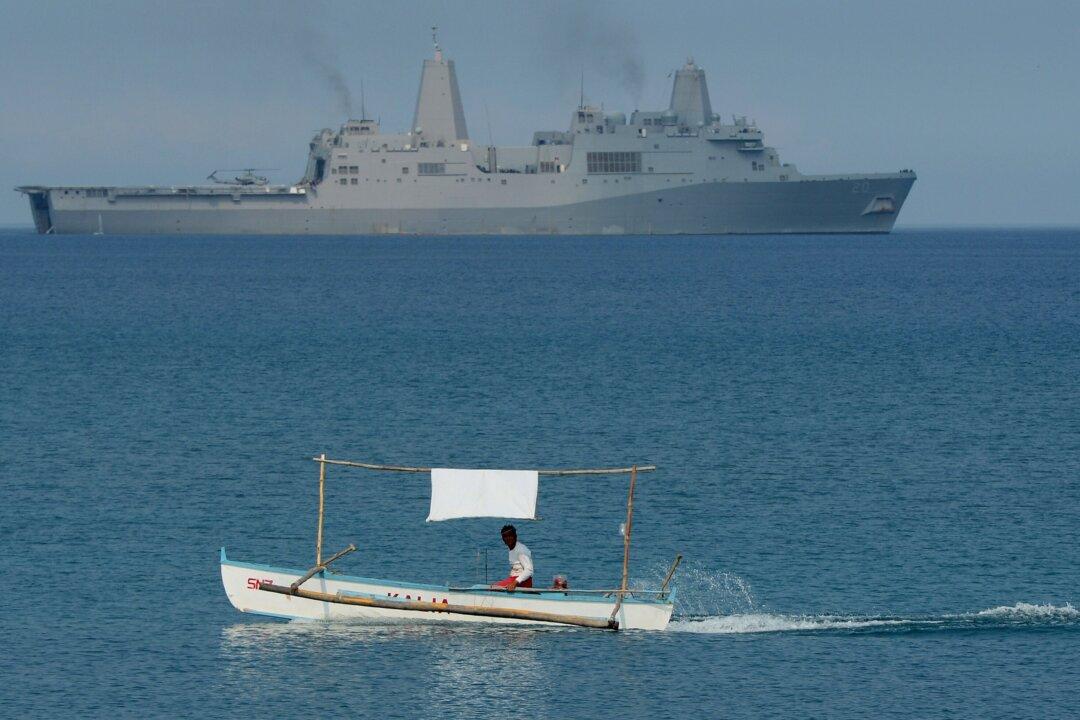SYDNEY—It is not yet clear what caused AirAsia QZ8501 to crash into the Java Sea on Dec 28, but leaked data suggests “unique” weather conditions as the likely cause. Aviation experts say that should this be the case, airlines must improve training and systems to better respond to extreme weather events.
Martin Babakhan, a specialist in aviation meteorological training at Newcastle University, says weather data from the time of the crash showed a surge of extremely cold air from the north meeting strong warm streams from the south. According to his research this transition happens in this region only every eight or ten years and is responsible for the extreme floods evident in Malaysia and the Philippines in recent weeks.
The transition of warm and cold air created not just one thunderstorm, but a barrier of thunderstorms with energy equivalent to that of two nuclear bombs, says Mr Babakhan.





